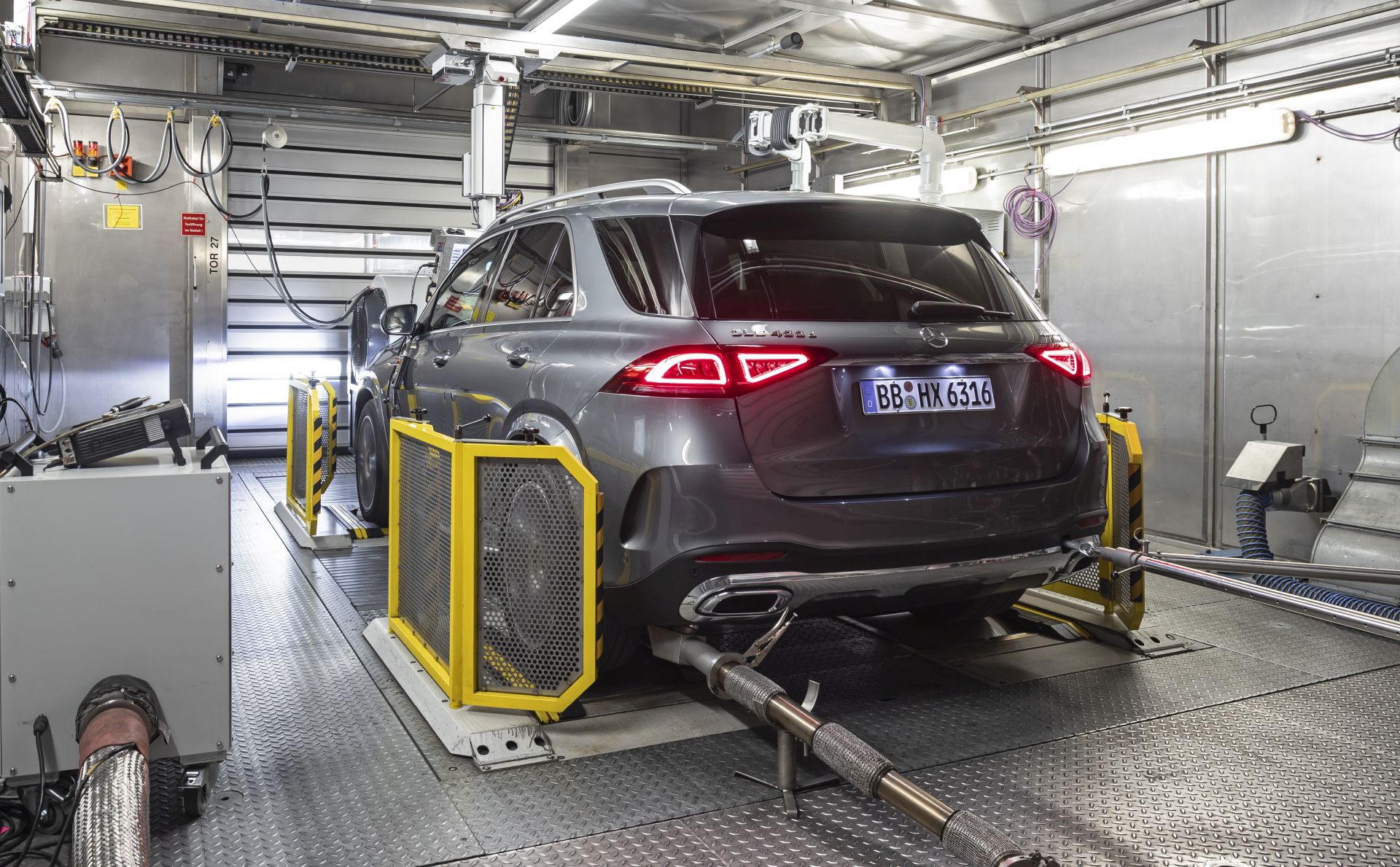All about the Euro 7 emissions standard and its implications
Euro emission standards have been an important part of European environmental policy since 1992. They set limits on emissions of harmful substances such as nitrogen oxides (NOx), carbon monoxide (CO) and particulate matter (PM). The Euro 7 emissions standard is the most stringent yet and goes beyond harmful emissions from internal combustion engines. For the first time, brake and tire wear are also covered, which electric cars must also meet. Furthermore, the test procedures become more realistic, so that emissions are measured more accurately under varying driving conditions.
Technical challenges for automakers
The current Euro 6d emissions standard already sets very strict requirements, specifically through the use of Real Driving Emissions (RDE) testing: emissions are not only tested and measured in laboratories, but also under realistic road conditions. The new Euro 7 emissions standard goes even further and not only tightens exhaust emissions standards, but also covers brake and tire wear. This makes the transition from Euro 6d to Euro 7 a technical challenge for automakers.
READ ALSO: Everything you need to know about the WLTP consumption test
Euro 7 emissions standard applies to all new vehicles
The Euro 7 emissions standard will apply to all new vehicles sold in the European Union from its introduction in 2030:
- passenger cars (gasoline, diesel, hybrid and electric)
- light commercial vehicles (vans and light trucks)
- heavy vehicles (trucks and buses)
Vehicles already on the market, but still in production after the introduction of Euro 7, must also comply with the new standard. Thus, manufacturers must modify or renew existing models.
NOx and particulate matter emissions.
For gasoline and diesel cars, the Euro 7 standard provides stricter limits on NOx and particulate matter emissions. This forces manufacturers to develop and apply advanced technology such as improved catalytic converters and particulate filters. The additional costs involved may cause some models to disappear or become more expensive. An additional effect is that the standard will accelerate the transition to electric vehicles.
Although electric cars do not emit exhaust, they still have to deal with Euro 7. This is because brake and tire wear is also regulated. Manufacturers must therefore work on new, more durable materials and techniques to reduce particulate emissions. Regenerative braking, in which the electric motor helps with braking so that brake wear is reduced, becomes even more important as a result.
Criticism from auto manufacturers
Many car manufacturers criticized the Euro 7 emissions standard. They argued that the cost of meeting the new requirements is too high and the time to implement the changes is too short. Small manufacturers may be particularly affected. They also doubted whether the environmental gains would be commensurate with the investments.
Resistance within the EU
There is also resistance within the European Union. Countries such as Germany, Italy and the Czech Republic fear that the strict requirements will cost jobs in the auto industry. There are also concerns about the competitive position of European manufacturers compared to countries with less stringent emission rules, such as China and the United States. Some member states advocate going straight for electrification instead of still investing in cleaner Euro 7 combustion engines.
READ ALSO: Germany to allow sales of new gasoline cars even after 2035
Cleaner but more expensive
For motorists, the Euro 7 emissions standard means that their future cars will be cleaner and more environmentally friendly. But the stricter requirements may also lead to higher prices for new cars. Certain models may also disappear because manufacturers do not consider it cost-effective to adapt them to the new standard. This could limit choice in the marketplace.
Postponement
The introduction of the Euro 7 standard is not yet final. It was initially planned that the Euro 7 standard would be introduced in 2025, but that was postponed. Manufacturers and policymakers have long sought a balance between environmental goals and economic feasibility. The next few years should show how the auto industry adapts to these stricter requirements and what this means for consumers. By the way, the introduction of the Euro 7 emissions standard in – expectedly – 2030 does not change the fact that no combustion-engine cars will be allowed to be sold in the EU after 2035.

